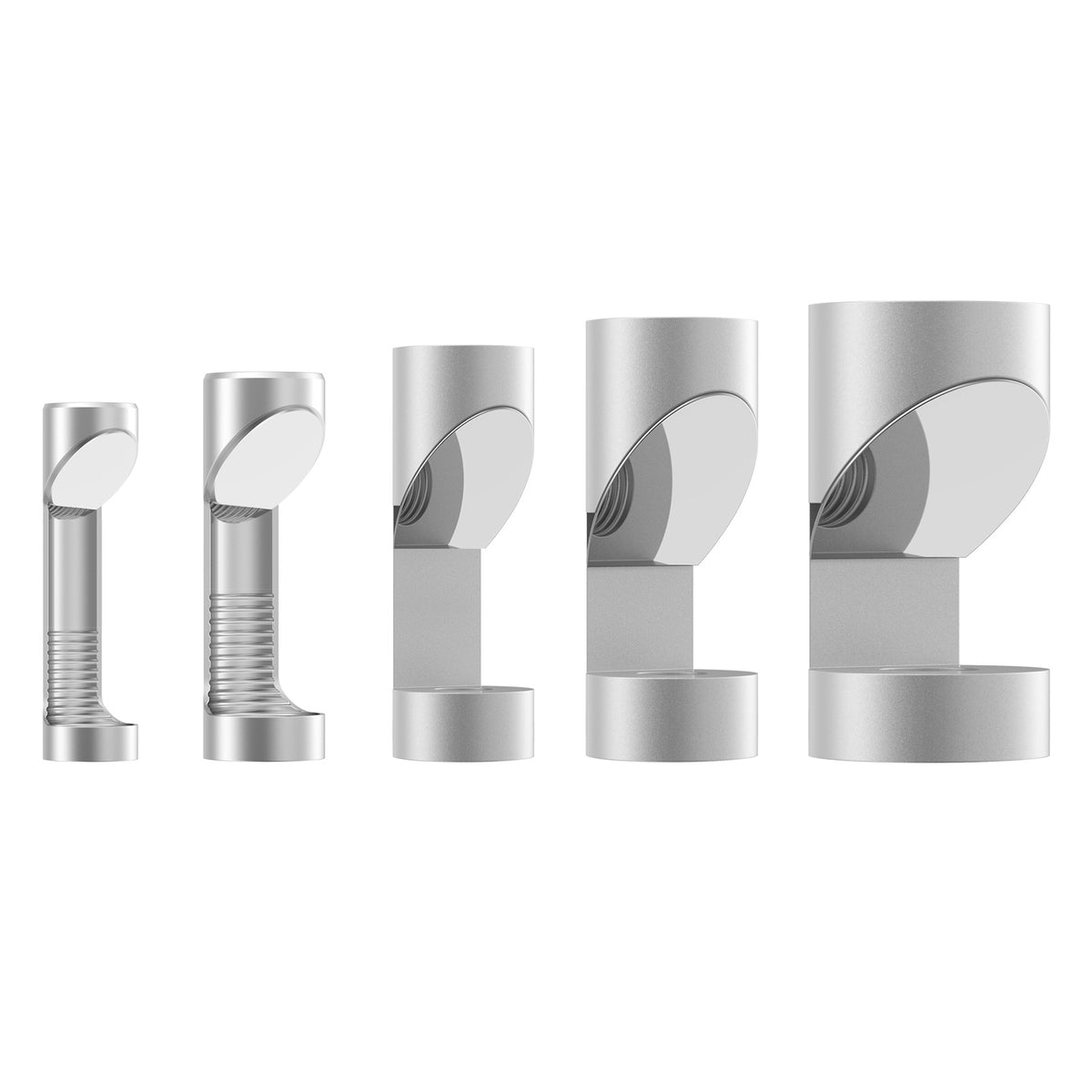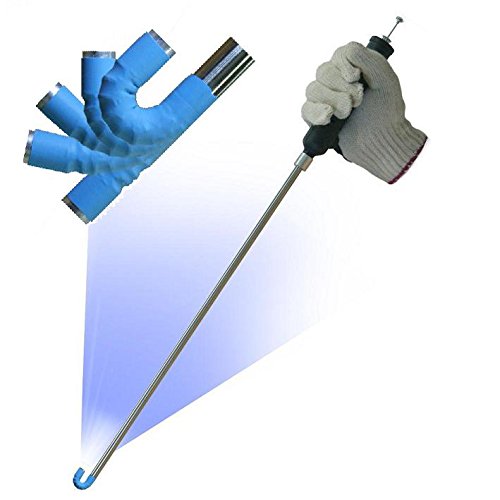concours
VIP MEMBER
- Joined
- Dec 29, 2011
- Messages
- 10,144
The borescopes I used in the 80's on RVI's were not as clear, and cost thousands.The low and mid-range scopes do not have multi angular "cameras". A camera is a recording device, not an optical viewing device.
The scopes ability to "view" objectives to the side and other desired angles is accomplished via reflective inserts polished to a reasonable optical quality and mounted in front of the forward looking fiber optic lens with the imagery being conveyed back to the camera itself.

Teslong 5-Mirror Set For NTG100/150/450/500 Borescopes
This is a five-piece side-view borescope mirror set for our NTG100, NTG450, and NTG500 series rifle borescopes. This set includes one mirror for each size of a caliber barrel, .22, .243, .30, .38, & .40. Caliber-specific mirrors focus better & see more for faster firearm barrel inspections.teslong.com
The optical/viewing/recording technology and quality has progressed to a stage where even the lower cost models can relay sharp imagery given enough light on the desired subject.
I use my Teslong to inspect my 850 cylinder bores to various firearms components to check on the bug my granddaughter stuck in her ear.

Rifle Borescope: Best Borescope for Rifle Barrels (Apple + Android) | Teslong
Explore Borescopes for Rifle Barrels Teslong rifle borescopes are used to inspect for pistol and barrel cleanliness, throat erosion, tool marks, rifling wear, chamber damage, and fouling. We make a range of rifle borescopes with models compatible with Apple and Android mobile devices, Windows...teslong.com




